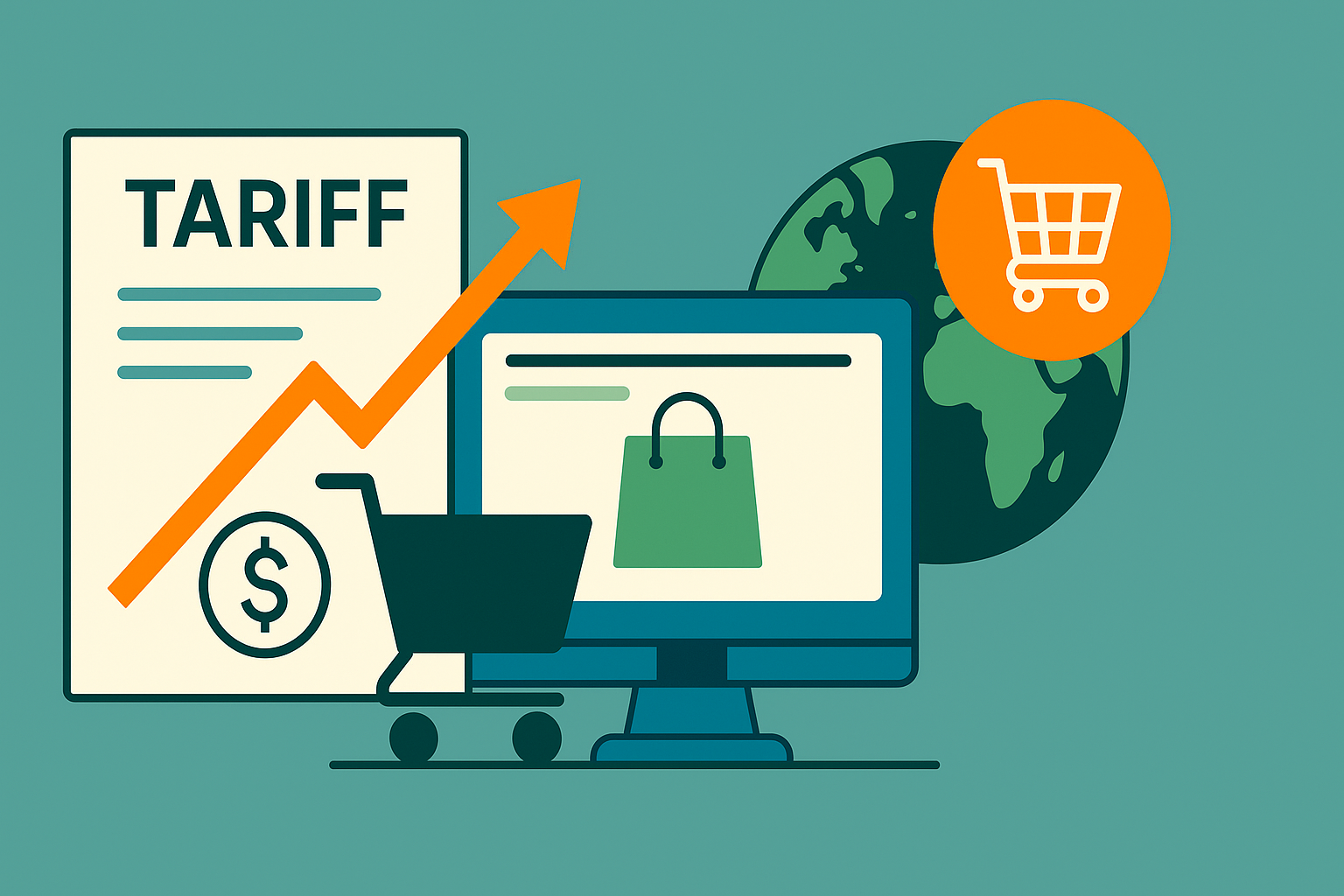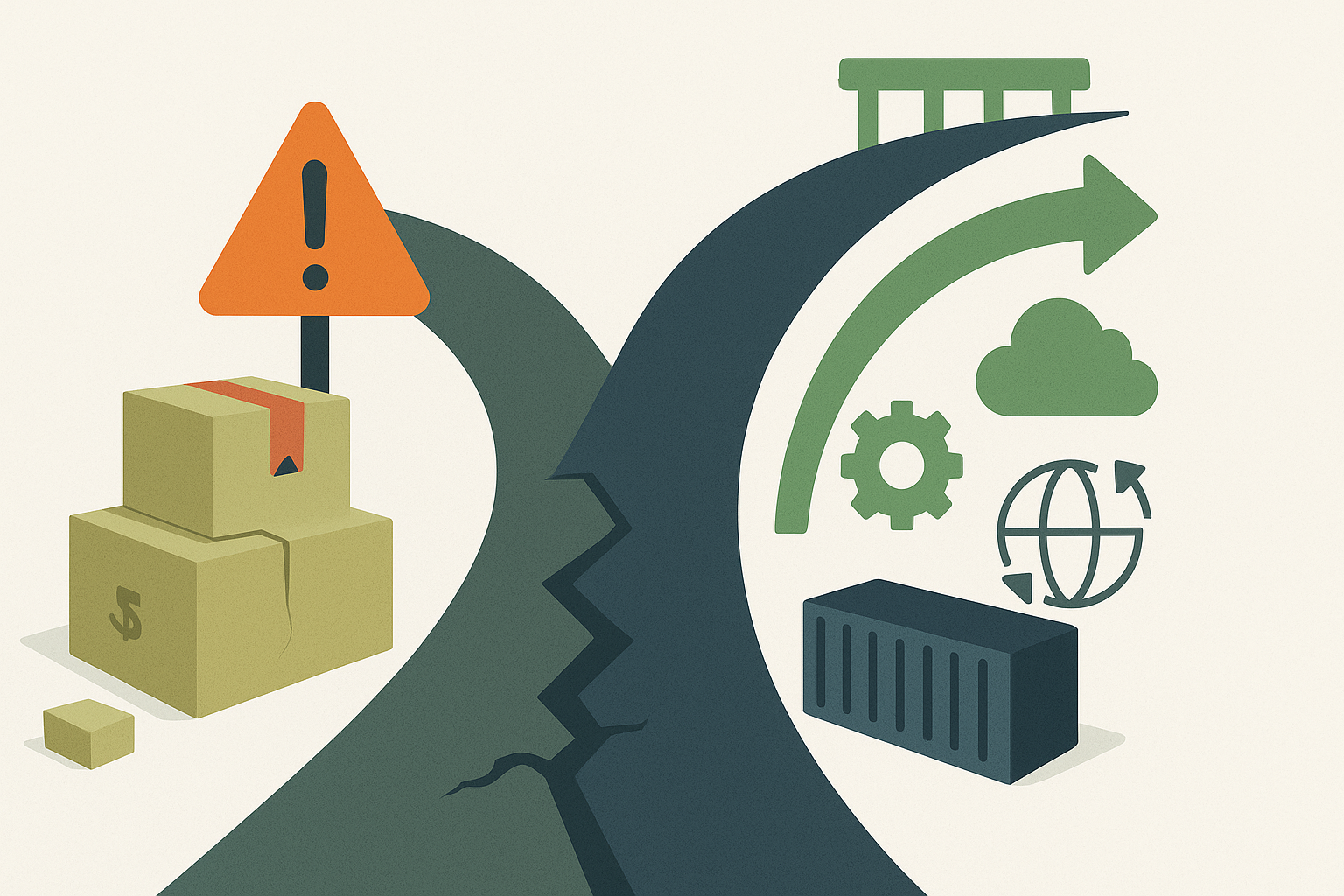Future-Proofing B2B eCommerce: Winning with Digital Transformation & Personalization
The B2B sales landscape is undergoing a significant shift. Traditional methods are becoming less effective as digital channels take center stage.
Consider this: projections indicate 80% of B2B sales interactions will occur digitally by 2025. Yet, 29% of B2B organizations currently offer no eCommerce capabilities at all. This isn’t just lagging behind — it’s a critical business risk in today’s market.
To mitigate the risks, B2B companies need to focus on future-proofing their operations. This involves a strategic approach built on two core pillars: Digital Transformation and Personalization.
Let’s explore what these entail and why they are essential for competitive advantage.
Understanding Modern B2B Buyer Expectations
The B2B buyer has changed. Influenced by seamless B2C experiences and the rise of digitally native professionals (Millennials and Gen Z now represent 71% of B2B buyers), their expectations are higher than ever:
- Seamless Digital Experience: Buyers expect intuitive, frictionless online interactions. Clunky interfaces or complicated processes are major deterrents.
- Demand for Self-Service: Control and efficiency are key. A significant 83% of buyers prefer self-service options, wanting the ability to research, configure, order, and manage accounts independently.
- Need for Real-Time Data: Accuracy is non-negotiable. Buyers require real-time inventory levels, precise contract pricing upon login, and dependable delivery information. In fact, 85% have abandoned online purchases due to incorrect data, with lack of transparency being a top frustration.
- Consistent Omnichannel Journey: Buyers engage through various channels (webstores, marketplaces, sales reps). They expect a consistent and integrated experience across all touchpoints.
The consequences of not meeting these expectations are severe. 75% of B2B buyers report they would switch suppliers for a smoother, more transparent online experience. Digital capability is now a primary driver of B2B loyalty.
Digital Transformation: Key Components for B2B
Digital transformation is more than just implementing new software; it’s about fundamentally integrating digital technology across your business model. But before you dive in, it’s critical to understand the common challenges of digital transformation in B2B sales so you can plan and prioritize with greater confidence. For B2B, key aspects include:
- Process Streamlining: Digitizing and simplifying traditionally complex b2b sales cycles and multi-stakeholder decision-making workflows.
- System Integration: Connecting critical business systems like ERP, CRM, PIM, and eCommerce platforms. Overcoming data silos (a challenge for 90% of enterprises) is crucial for creating a single source of truth, enabling accuracy and efficiency.
- Operational Automation: Implementing technologies like RPA and AI to automate tasks in order processing, inventory management, supply chain logistics, and customer service, improving speed and reducing errors.
- Data Leverage: Utilizing AI and advanced analytics to derive actionable insights – from predictive demand forecasting and lead scoring to identifying operational bottlenecks and powering personalization engines.
- Modern Architecture Adoption: Exploring composable commerce and headless architectures (often built on MACH principles: Microservices, API-first, Cloud-native, Headless) to gain flexibility, speed up deployment, and customize experiences more effectively.
Effectively implemented, digital transformation provides the agile, connected, and data-driven foundation necessary for modern B2B operations.
Leveraging Personalization for B2B Advantage
While digital transformation builds the foundation, personalization uses it to create tailored, high-value customer experiences. Effective B2B personalization means adapting interactions, content, and offerings based on the specific needs of customer accounts and individual stakeholder roles. Key techniques include:
- Tailored Catalogs & Dynamic Pricing: Displaying only relevant products and automatically showing accurate, contract-specific pricing. This builds trust and streamlines purchasing.
- Personalized Content & Recommendations: Delivering relevant materials (e.g., industry-specific case studies, technical whitepapers) and suggesting appropriate products (cross-selling/upselling) based on user data and behavior.
- Intelligent Search: Enhancing on-site search with relevant results, customized filters, and predictive suggestions based on user history and profile.
- Buying Committee Adaptation: Recognizing different stakeholder needs (e.g., technical specs for engineers, ROI data for finance) and tailoring the online experience accordingly.
- Contract Alignment: Ensuring the online platform accurately reflects all offline negotiated terms (pricing, product access, payment terms). This requires robust ERP/CRM integration.
Platforms like Shopify Plus B2B and BigCommerce B2B Edition provide many features to support these personalization strategies. Here’s a brief comparison of some relevant features:
| Feature Area | Shopify Plus B2B | BigCommerce B2B Edition | Notes/Considerations |
| Customer/Company Accounts | Company Profiles (Locations, Permissions) | Multi-User Accounts, Multi-Company Hierarchy | BigCommerce offers more granular native hierarchy/role structures. |
| Custom Catalogs | Yes (Assigned to Company/Location) | Yes (Assigned to Customer/Group) | Both platforms provide core functionality for catalog segmentation. |
| Custom Pricing | Yes (Price Lists, Volume Pricing, Quantity Rules) | Yes (Customer Groups, Price Lists, Bulk Discounts, Tiered Pricing) | Both support complex B2B pricing; specifics may vary. |
| Segmentation | Via Customer Tags, Metafields, Flow, Apps | Advanced Customer Segmentation (Native) | BigCommerce has more built-in segmentation; Shopify often uses apps. |
| Quote Management (RFQ/CPQ) | Via Apps | Integrated RFQ/CPQ functionality | BigCommerce has stronger native quoting capabilities. |
| Payment Terms/Methods | B2B Checkout (Payment Terms, PO, Vaulted Cards) | Credit & Invoice Management (Net Terms, PO, Diverse Methods) | Both support common B2B payment needs. |
| Multi-User/Roles | Yes (within Company Profiles) | Granular Roles & Permissions (Native) | BigCommerce offers a more detailed native role definition. |
| Sales Rep Tools | Sales Rep Permissions, Apps | Sales Rep Masquerade, Quoting Tools | BigCommerce provides more built-in tools for sales reps. |
| Headless/API Support | Robust Headless APIs (Storefront API) | Strong Headless/API Support (Storefront & Management APIs) | Both platforms are strong contenders for headless implementations. |
| Multi-Storefront | Via Expansion Stores | Native Multi-Storefront Management | BigCommerce allows managing multiple storefronts from one backend easier. |
(Note: Platform features evolve; always verify current capabilities directly with the provider.)
How Transformation and Personalization Work Together
Digital transformation and personalization are symbiotic:
- Transformation Powers Personalization: Integrated systems and accessible, high-quality data (achieved through transformation) are prerequisites for effective personalization.
- Personalization Guides Transformation: Insights gained from personalized interactions help refine digital strategies, ensuring technology investments deliver maximum customer value.
This combined approach yields significant benefits: improved customer experiences, increased operational efficiency, higher revenue potential, and stronger customer relationships.
What’s next? It Is Imperative to Act Now
The move towards digital-first B2B commerce is accelerating and delaying adaptation means risking competitive advantage. By investing strategically in digital transformation and personalization, B2B companies can meet modern buyer expectations while learning how to scale B2B eCommerce without compromising flexibility, even in the face of rapid change.
Assessing your digital maturity, understanding buyer friction points, and prioritizing key integrations are crucial first steps in this ongoing journey.
Contributors
-

Muhammad Fahmeed
writer
Software Engineer


